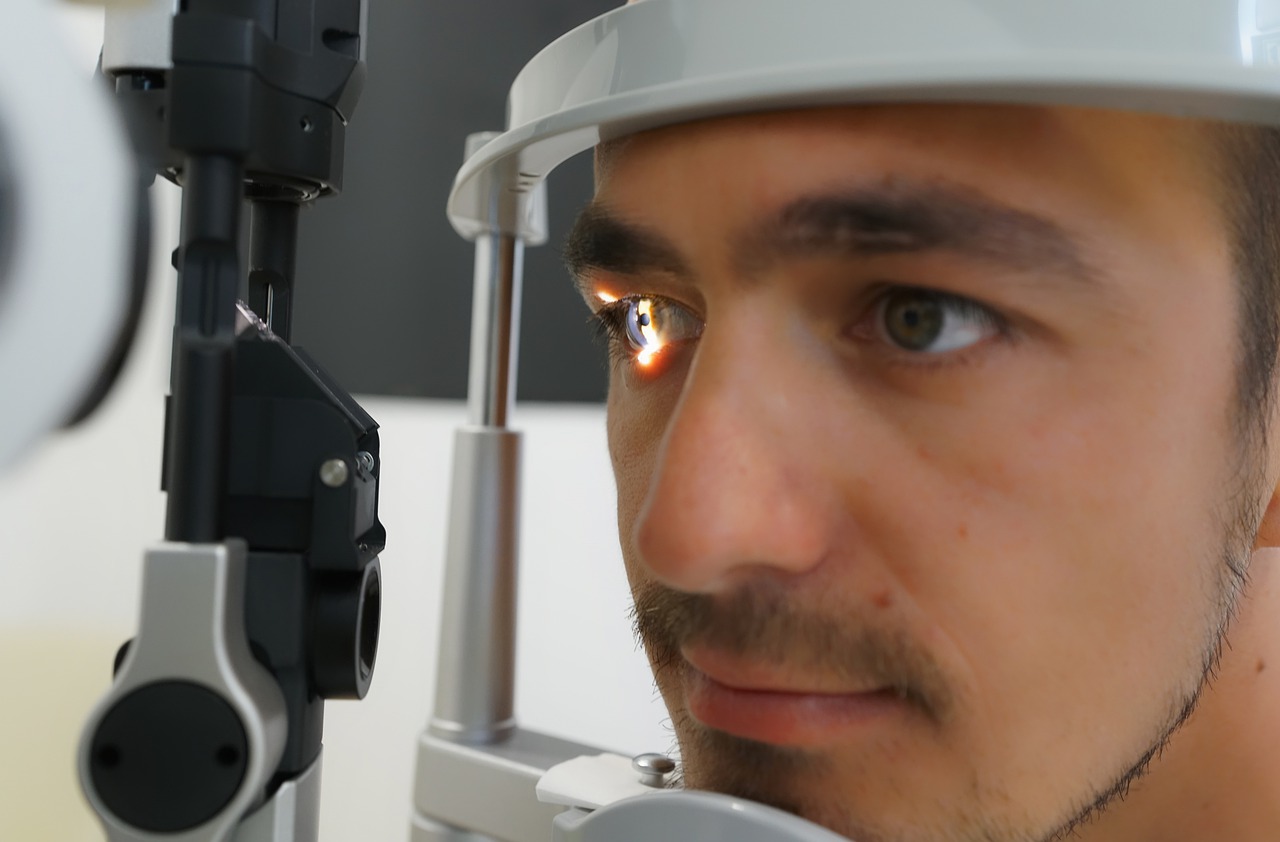Using machine learning to predict risk of blindness in patients

A study using state-of-the art imaging to predict which patients with intermediate age-related-macular-degeneration (AMD) are at more risk of blindness, has been extended.
AMD is a very common cause of blindness, affecting 200 million people globally, with this number expected to rise to nearly 300 million by 2040. It is a complex and diverse disease that affects the macula - the central retina that is responsible for detailed central vision. There is currently no way of determining who will progress to the later, sight-threatening stage of the disease, with some patients progressing slowly, or not at all, whilst others quickly deteriorate.
Led by Professor of Ophthalmology, Andrew Lotery, from the Faculty of Medicine, the PINNACLE study is utilising Machine Learning, a branch of Artificial Intelligence (AI) technology, to analyse high resolution images of the inside of the eye. It is hoped using this method, which has already shown promise in diseases such as Alzheimer’s, will assist in identifying structural changes not previously considered as potential predictive markers of AMD progression. With further understanding of the mechanisms of AMD progression, this will help to demystify why the advancement to late-stage disease varies so significantly in speed and severity, between individuals.
The PINNACLE study is split into retrospective and prospective sub-studies. The retrospective project involves analysing over 60,000 retinal images held by the UK Biobank, comprising images from both unaffected individuals (control), and those diagnosed with AMD. Results from this analysis are currently being validated within the prospective study, involving over 400 intermediate AMD patients recruited across twelve participating study sites. These participants attend every four months over a three-year period to undergo a range of state-of-the-art imaging of their major tissues; neurosensory retina, retinal pigment epithelium and choriocapillaris. The frequency of this imaging allows any changes in these tissues to be identified and monitored at the earliest possible stage.
The study is funded by the Wellcome Trust and supported by the University of Southampton’s Gift of Sight Appeal. It is being run in collaboration with established tertiary referral centres for patients with retinal disease at University Hospital Southampton NHS Foundation Trust, Moorfields Eye Hospital, Medical University of Vienna and University Hospital Basel.
Cathy Hill, a participant on the PINNACLE study at St Mary’s Hospital on the Isle of Wight, has recently spoken about taking part .
She says: “It’s really quite simple. I go to St Mary’s Hospital on the Island, three times a year and they do various scans. When I turn up, I go to reception and I just say ‘I’m Cathy Hill. I’m part of the research programme’ and I’m always treated a little bit like royalty. They’re always saying thank you to me the whole time all the way through my visit.”
Commenting, Natalie Clarke, Clinical Trial Project Manager for PINNACLE, said: “It is hoped that the outcome of this study will help improve the way AMD is diagnosed and managed. In the short term, the ability to identify the most ‘at-risk’ patients in the early stages of their diagnosis will facilitate earlier intervention and promote better outcomes. The longer-term benefits of this knowledge will aid the development of future clinical trials, increase targeted treatment options and overall, provide a more personalised approach to the clinical management of AMD.”